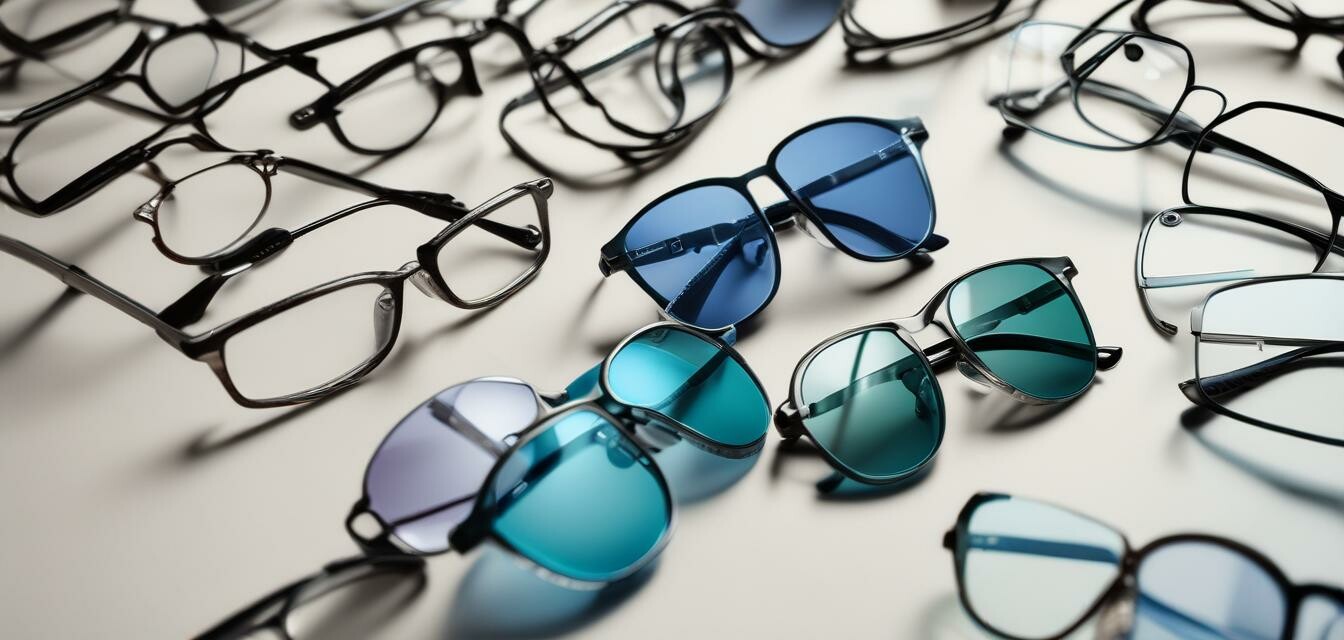
How to Choose the Right Eyewear for Your Needs
Key Takeaways
- Understand your specific vision needs, including prescription and usage.
- Consider your lifestyle and the environment in which you'll be using the eyewear.
- Choose eyewear that complements your face shape and personal style.
- Explore various eyewear options such as blue light blocking glasses and contact lens solutions.
- Don't forget to account for UV protection and comfort in your selection.
Choosing the right eyewear can greatly enhance your daily life, especially if you rely on corrective lenses or simply want to protect your eyes. From blue light blocking glasses to stylish frames, knowing which features to consider is essential. This guide offers you practical tips on selecting eyewear based on your lifestyle, prescription needs, and fashion preferences.
Understanding Your Vision Needs
The first step in choosing the appropriate eyewear is understanding your vision needs. Consider the following:
- Prescription: Always have an up-to-date prescription from your eye care professional.
- Usage: Determine whether you need eyewear for daily use, specific activities (like sports), or for occasional use (like reading).
Types of Eyewear
Here are the main types of eyewear you might consider based on your needs:
| Type of Eyewear | Purpose |
|---|---|
| Prescription glasses | For correcting vision based on your prescription |
| Sunglasses | To protect against UV rays and reduce glare |
| Blue light blocking glasses | To minimize eye strain from screens |
| Contact lenses | Alternative to glasses for vision correction |
| Safety glasses | Protection during work or sports activities |
Consider Your Lifestyle
Your lifestyle plays a critical role in your eyewear selection. Consider these factors:
- Active lifestyle: If you engage in sports or outdoor activities, choose durable, impact-resistant materials.
- Professional environment: Look for stylish yet functional options that align with your work attire.
- Screen time: If you're on screens often, consider blue light blocking glasses to reduce eye strain.
Choosing the Right Style
Your eyewear should reflect your personal style while also being practical. Here are some tips:
- Match the color of the frames with your skin tone.
- Choose frame shapes that complement your face shape:
- Round frames for square faces
- Square frames for round faces
- Cat-eye frames for oval faces
- Try on different styles to see what you feel most comfortable and confident in.
Evaluating Comfort and Fit
Comfort is key when it comes to eyewear. Here’s what to look for:
- Ensure that the frames don't pinch your nose or temples.
- Check that the lenses provide a clear line of sight, without distortion.
- Consider adjustable nose pads for a custom fit.
Protect Your Eyes
When selecting eyewear, also prioritize features that protect your eyes:
- UV protection is crucial, especially for sunglasses.
- Anti-reflective coatings can reduce glare and enhance visual clarity.
- Consider lens materials that are resistant to scratches and impact.
Budget Considerations
Eyewear can range from budget-friendly options to high-end designer frames. Consider the following when setting a budget:
- Prioritize necessary features over brand names.
- Look for sales or discounts on eyewear.
- Consider the longevity of the eyewear; sometimes, an initial higher investment pays off.
Resources for More Information
For further guidance on enhancing your vision, check out our other articles in our Buying Guides section. You will find invaluable insights on various products including eye care supplements and vision therapy tools.
Pros
- Improved vision through the right eyewear.
- Enhanced style with fashionable options.
- Increased comfort with properly fitted eyewear.
Cons
- Potential high costs for designer frames.
- Adjustment period for new prescriptions.
- Possibility of breakage with certain styles.